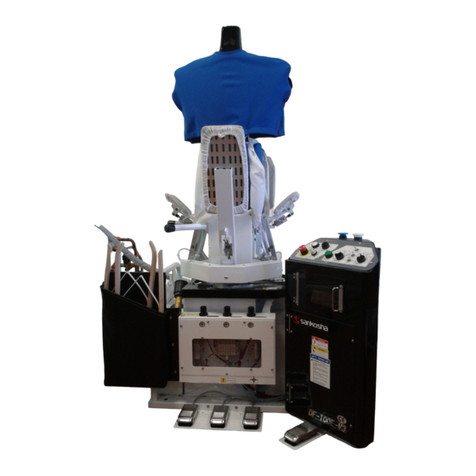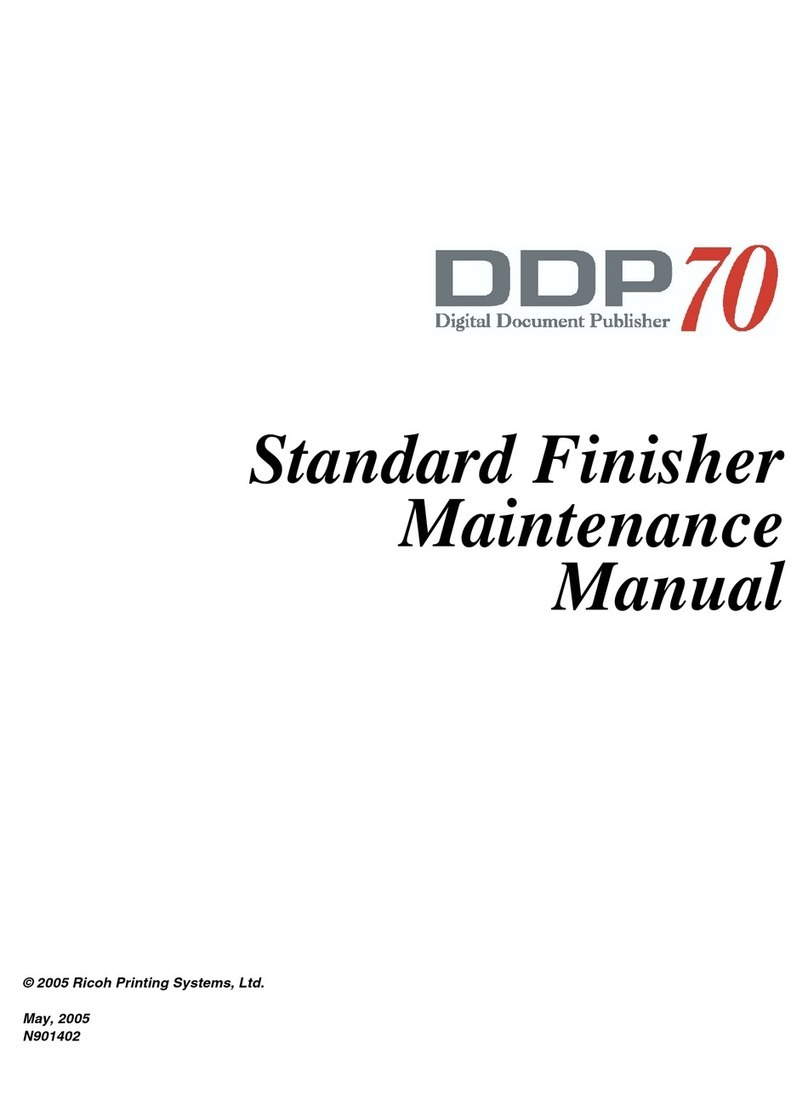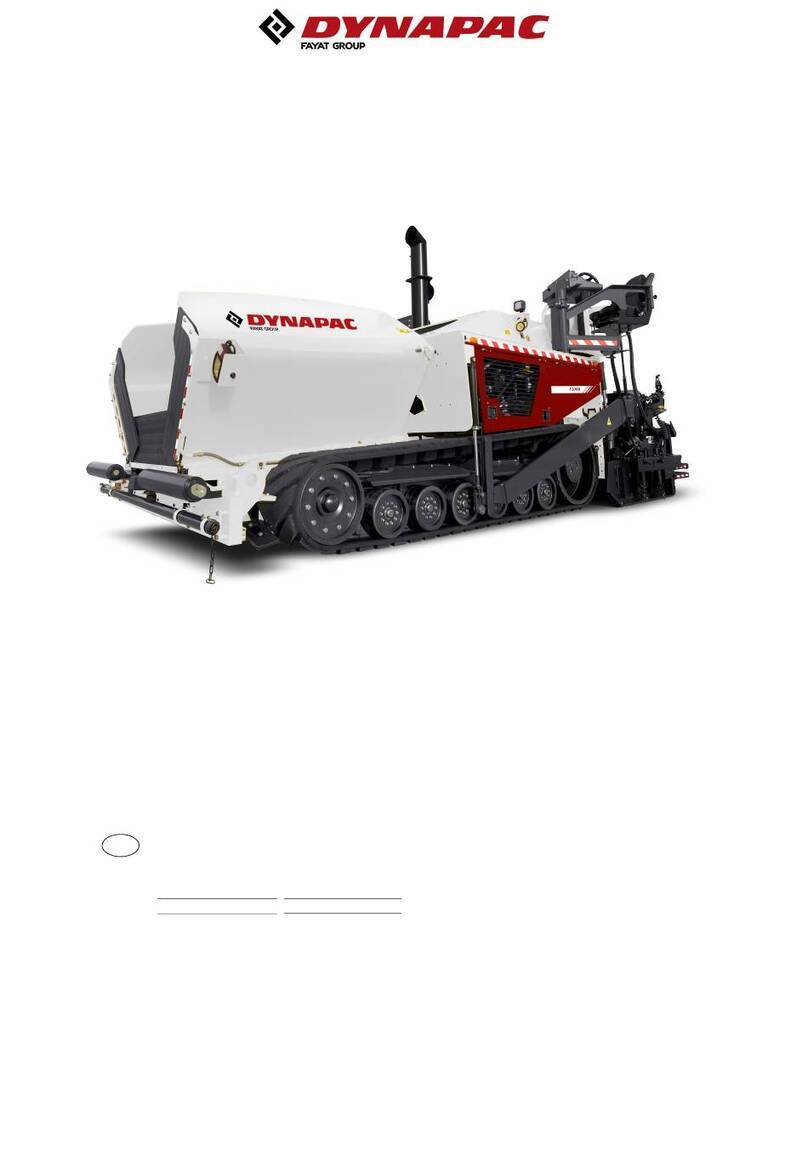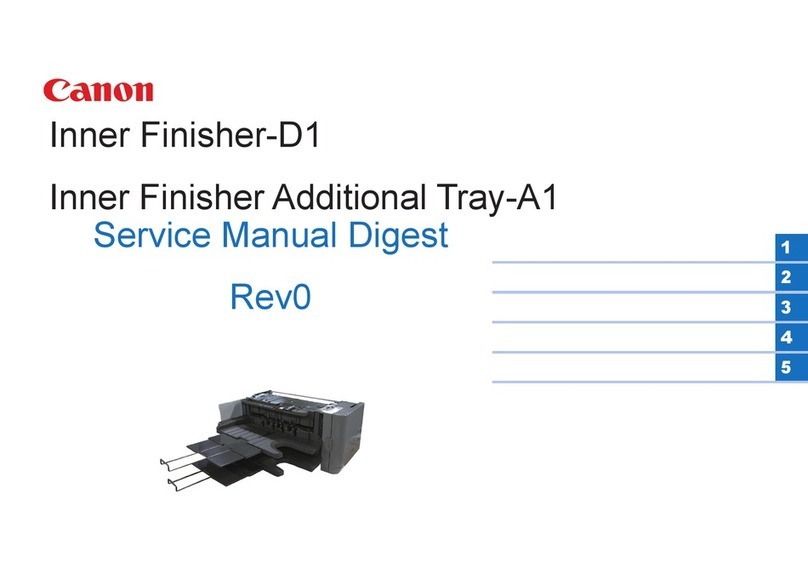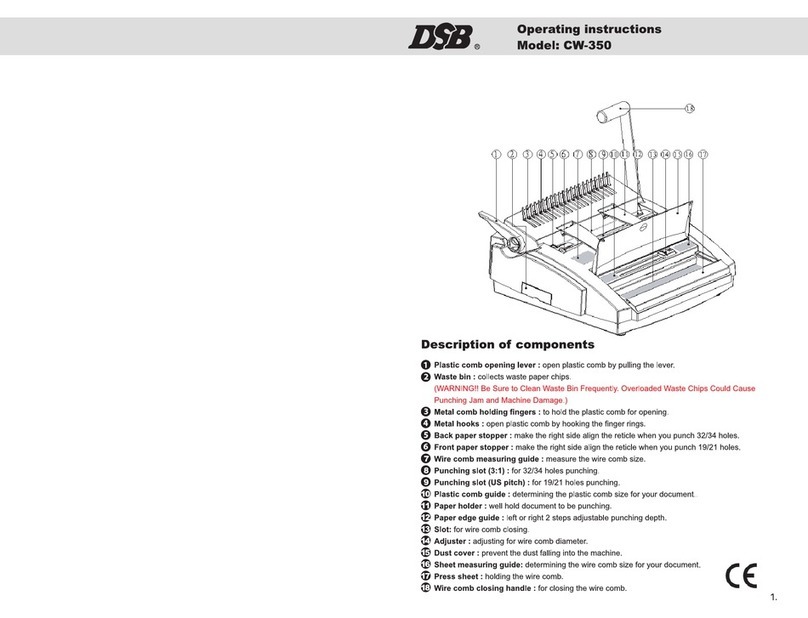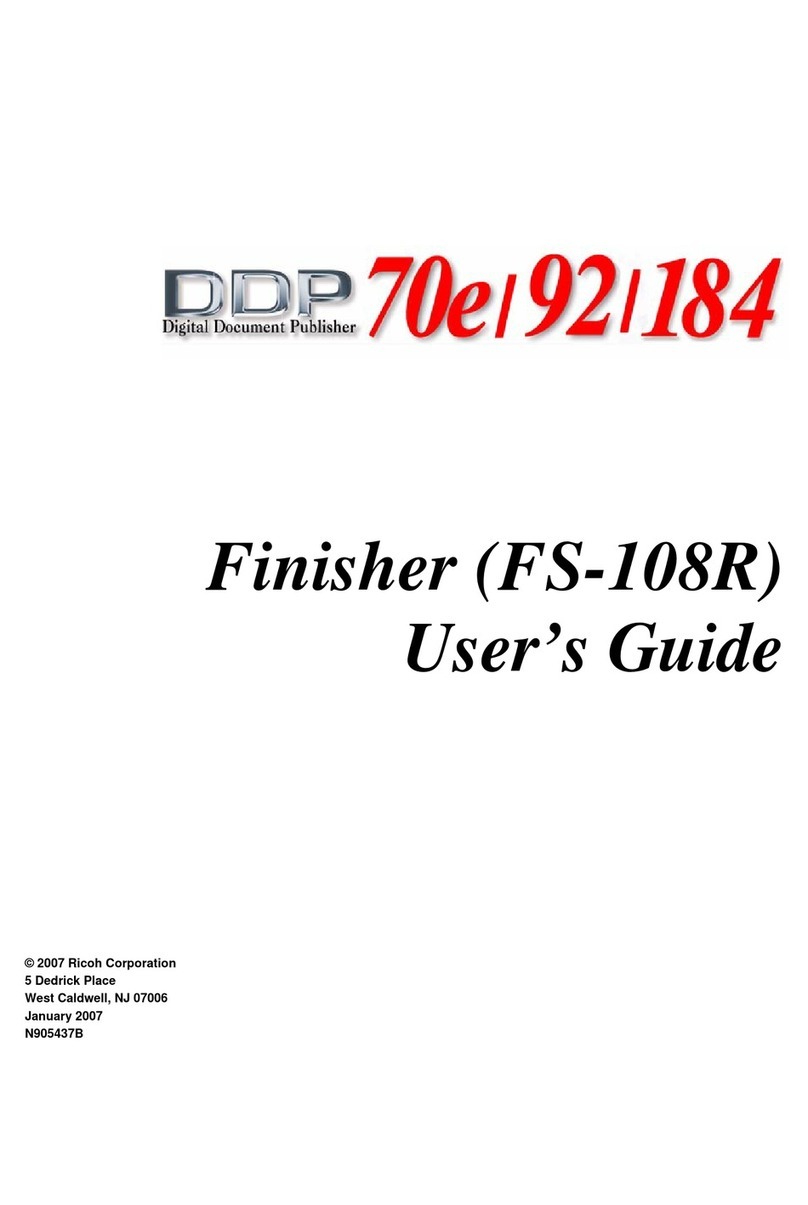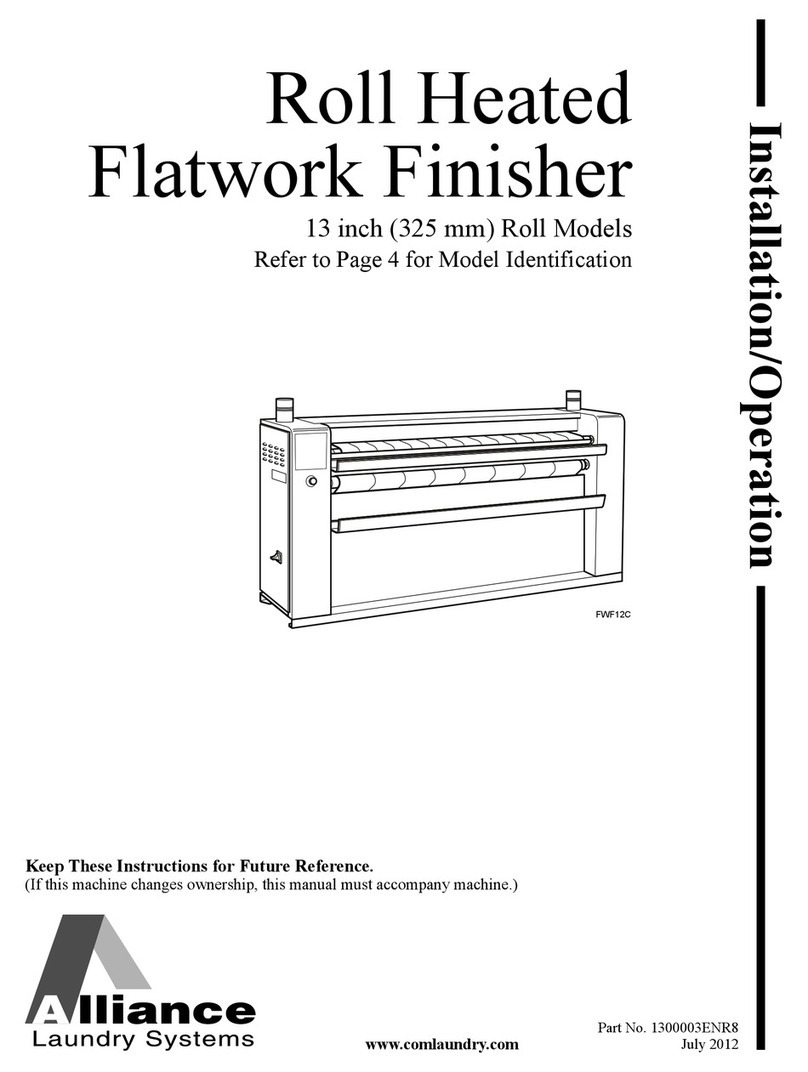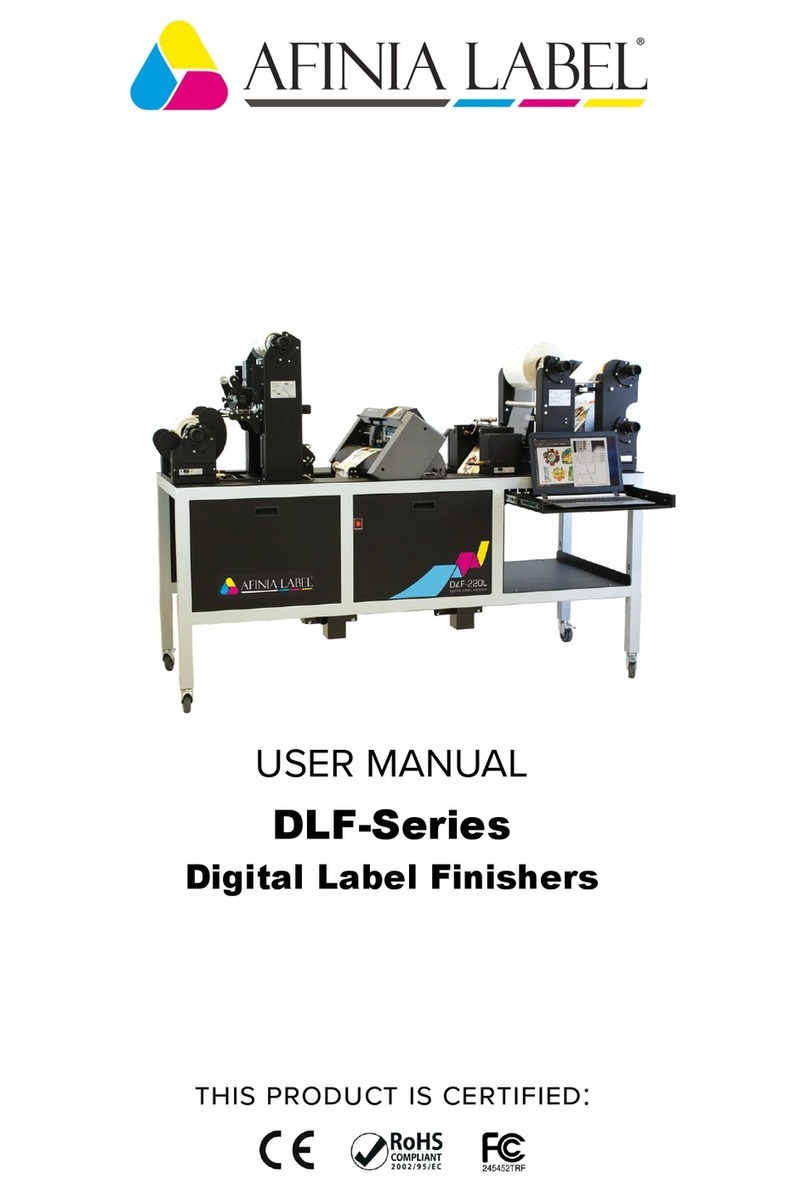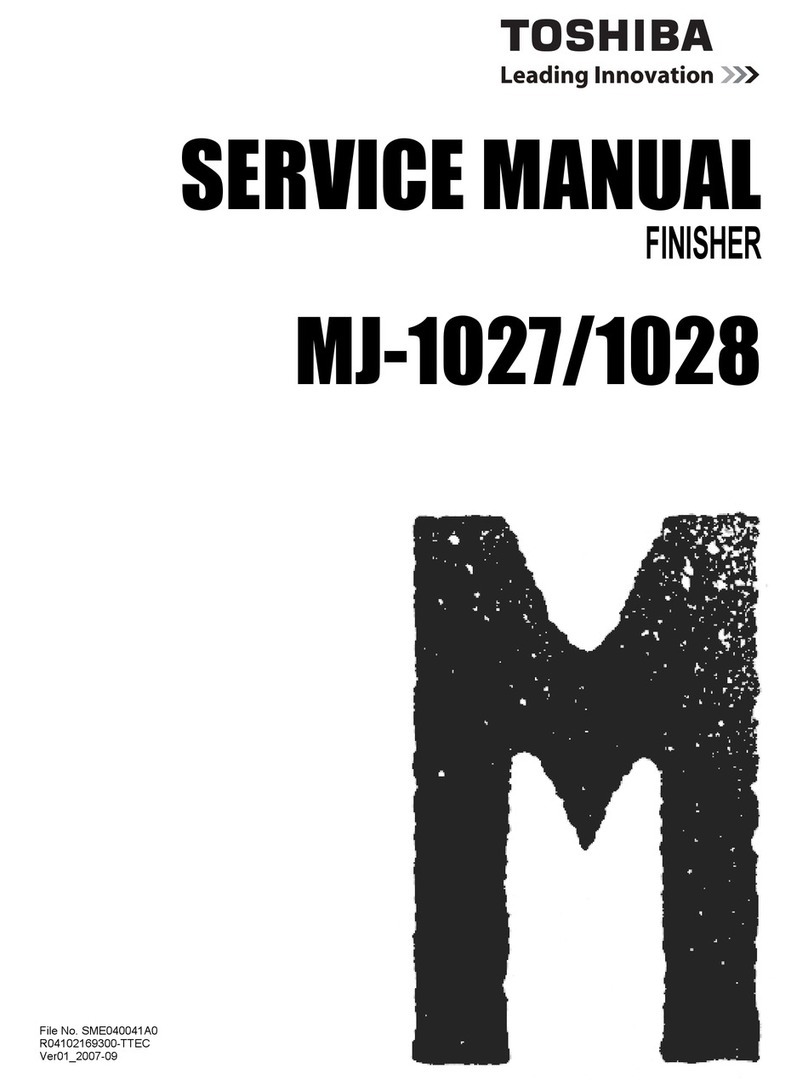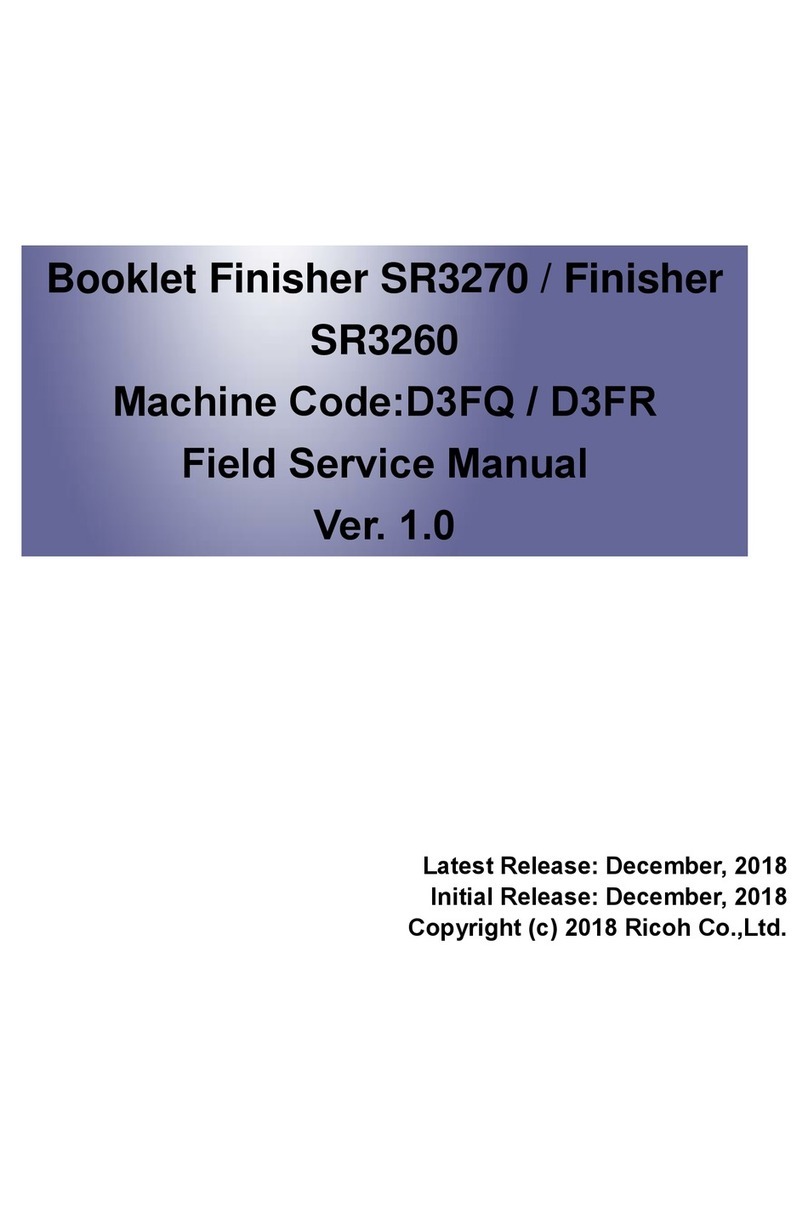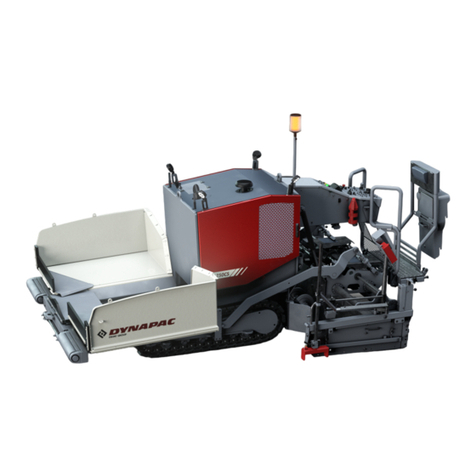
R2H-2○
0
2-5-3. High-beam of head lamp does not light10-038
2-5-4. Turn signal light does not blink10-040
2-5-5. Hazard lamp does not light (Turn signal blinks)10-042
2-5-6. Backup lamp does not light 10-044
2-5-7. Stop lamp does not light 10-044
2-5-8. Illumination of combination meter does not turn on 10-046
2-5-9. Combination meter warning lamp or indicator lamp is abnormal 10-046
2-5-10. Tachometer reading is abnormal 10-048
2-5-11. Hour meter is abnormal 10-048
2-5-12. Temperature meter is abnormal 10-050
2-5-13. Fuel meter is abnormal 10-050
2-5-14. Charge warning lamp remains ON 10-052
2-5-15. Oil pressure warning lamp remains ON10-052
2-5-16. Parking brake indicator lamp does not light10-054
2-5-17. Water spray indicator lamp does not light 10-056
2-5-18. Flood lamp indicator lamp does not light10-058
2-5-19. Side marker lamp indicator lamp does not light10-058
2-5-20. Turn signal indicator lamp does not light10-060
2-5-21. Glow (Preheating plug) indicator lamp does not light10-062
2-5-22. Horn does not sound 10-064
2-5-23. Backup buzzer does not sound10-064
3. HYDRAULIC SYSTEM TROUBLESHOOTING
3-1. When Performing Hydraulic System Troubleshooting 10-065
3-2. Propulsion System10-066
3-2-1. Machine moves neither forward nor backward 1/2 10-066
3-2-1. Machine moves neither forward nor backward 2/2 10-067
3-2-2. Machine moves in one direction only (forward or backward)10-067
3-2-3. Slow machine speed or small drive force 1/2 10-067
3-2-3. Slow machine speed or small drive force 2/2 10-068
3-2-4. Machine speed does not change 10-068
3-2-5. Machine does not stop completely with F-R lever in neutral 10-068
3-2-6. Propulsion system is overheating10-069
3-2-7. Abnormal noise from propulsion system10-069
3-3. Steering System10-070
3-3-1. Steering wheel is hard to turn10-070
3-3-2. Steering response is slow10-070
3-3-3. Steering wheel backlash or play is large 10-071
3-3-4. Steering system is overheating 10-071
3-3-5. Abnormal noise from steering system 10-071
